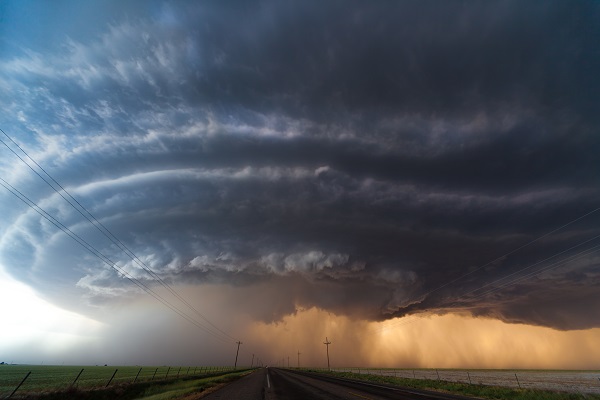Storm season is approaching and if we’ve learned anything from Superstorm Sandy, Hurricane Ike, and the 2013 category EF5 tornados in Illinois, it’s that Mother Nature knows no bounds. The aftermath of these natural disasters has shined a light on SMBs that have opted out of business interruption insurance. As they work to rebuild, they’re losing money.
Only 35% of U.S. Businesses have Business Interruption Insurance
According to the National Association of Insurance Commissioners, only 35 percent of businesses in the United States have business interruption coverage . The vast majority of mid-sized organizations are forced to take out a loan, file for bankruptcy, or walk away as a consequence of failing to engage in a serious risk management program.
Another issue to consider is the complete “loss of market.” This is a policy exclusion that can essentially decimate a business in the wake of a natural disaster. 1The word "market" has been defined as "the geographical or economic extent of commercial demand for any particular product and generally refers to a more or less identifiable group of prospective purchasers seeking a particular type of product offered by a more or less identifiable group of sellers.”
A market is "lost” when, for example, due to delay in distribution, changes in consumer habits, etc., a certain type of product is no longer in demand with its intended purchasers. If for example, you own a car dealership and have been affected by a storm, you could be denied a claim if all the homes, schools, and other structures have been destroyed in the vicinity. Who would want to buy a car if they first have to rebuild their home? This exclusion could halt any chance of recouping lost revenue.
Insurers will generally exclude the first few days after a disaster from their calculations as well. Providing the insurer with extensive documentation of lost profits cannot guarantee the claim will be paid to the claimant’s satisfaction.
Captive Insurance Covers Business Interruption
Owning a captive insurance company can ensure that your business interruption risks are identified and covered in the event you submit a claim, regardless of market conditions. Physical losses, revenue loss, pollution liability, etc. can be written right into the policy and claim triggers can be designed so that direct physical loss to property is not a requirement.
For the midmarket, this supplemental option far exceeds the provisions of most business interruption policies. While the surrounding communities rebuild, businesses can recover more rapidly while they reassess their position in their current market and develop viable initiatives.
We may be no match for Mother Nature. But captive insurance policies are a force all their own for businesses working to move forward.
1Source: Boyd, 880 F.2d 270, 273.




